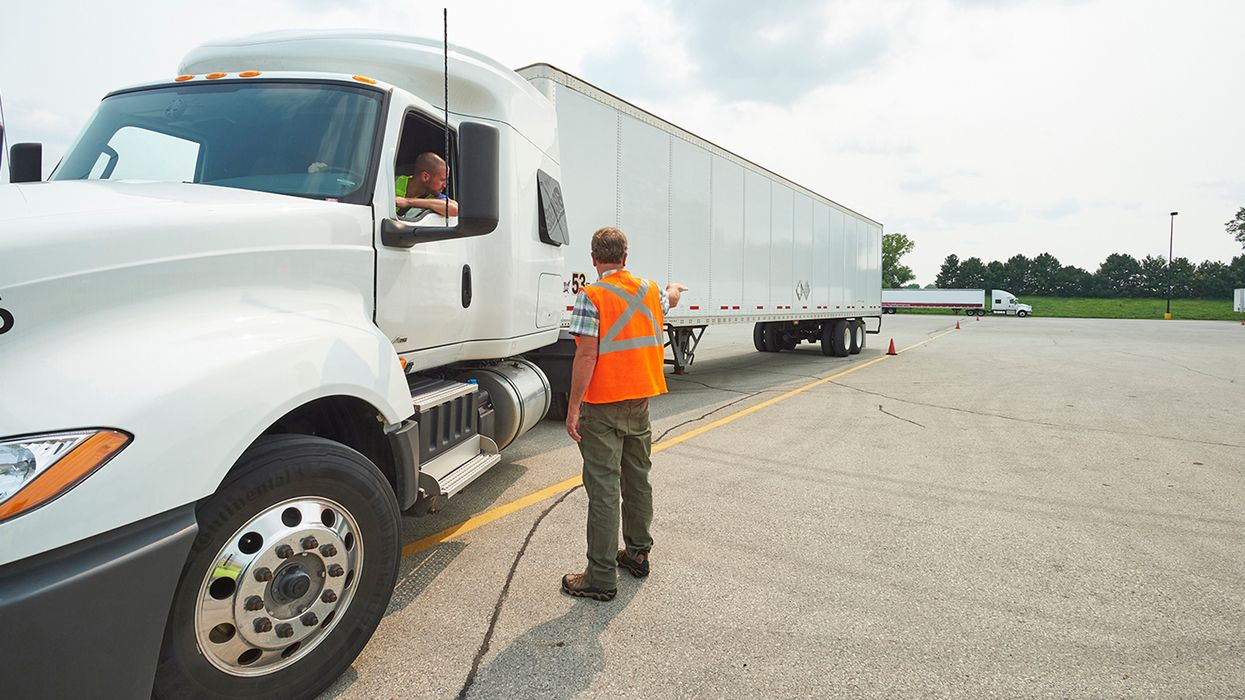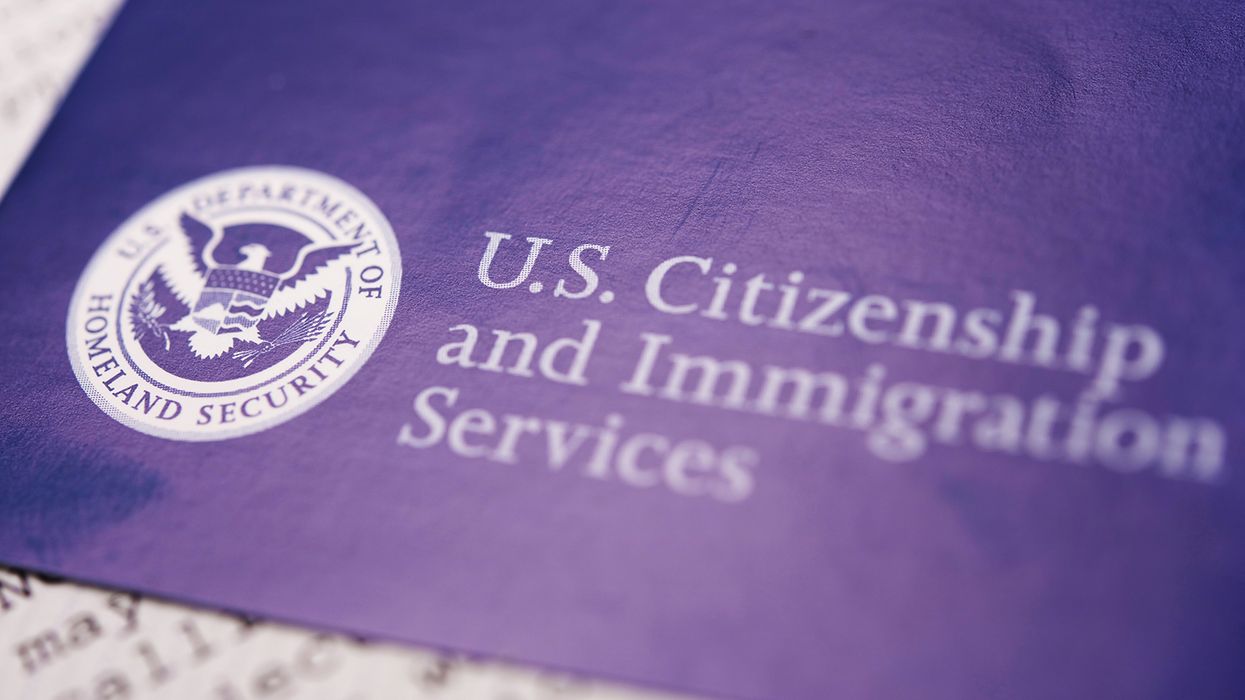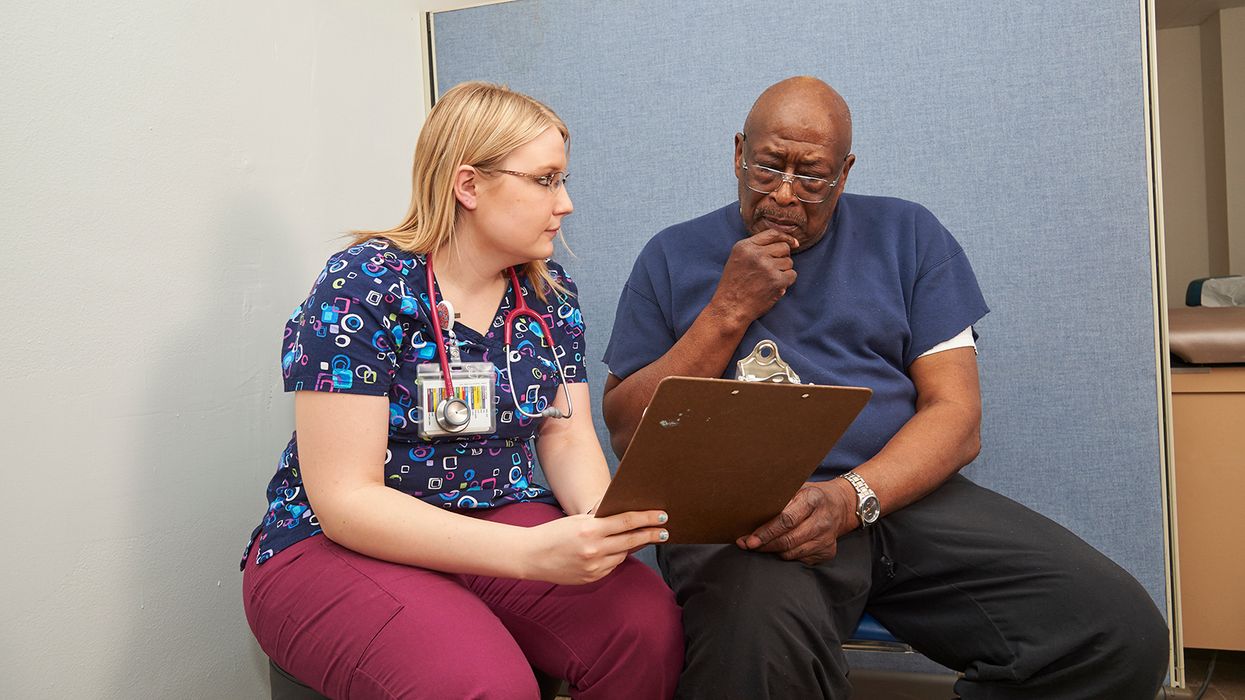RMP rule changes may be on the horizon
The Environmental Protection Agency (EPA) proposed revisions to the Risk Management Program (RMP) rule to further protect vulnerable communities from chemical accidents. The proposed rule would include new safeguards like strengthened employee participation that have not been covered in previous RMP rules. The proposed rule would focus on facilities that have the most recurrent or severe accidents.
Major highlights of the proposal include the following:
- More protection for communities residing near RMP facilities,
- Mandating safer technologies and alternatives analysis (STAA) for facilities with high accident rates,
- Adding regulatory text to stress that natural hazards and loss of power are among the hazards that must be addressed in Program 2 hazard reviews and Program 3 process hazard analyses,
- Demanding third party audits for facilities with a poor track record of accidents, and
- Improving facility planning and preparedness efforts.
Some minor edits within the proposal include the following
- Requiring Program 3 process safety information be kept current,
- Making Program 2 and Program 3 requirements constant for recognized and generally accepted good engineering practices (RAGAGEP),
- Retaining hot work permits for five years, and
- Further defining the ‘storage incident to transportation’ term and the retail exemption.
In 2017, the issued RMP Amendments Final Rule added requirements for accident prevention, response, and public disclosure of information. Vital provisions were paused, with most never going into effect. In its place, in 2019, the RMP Reconsideration Final Rule rescinded or modified some of the measures in the 2017 rule.
EPA is proposing a compliance date of four years after the effective date of the final rule for updates and resubmission of risk management plans with new and revised data elements. New STAA, incident investigation root cause analysis, third-party compliance audit, employee participation, emergency response public notification, exercise evaluation reports, and information availability provisions, will likely have a compliance date of three years after the effective date of the final rule. The proposed rule will likely cost about $77 million a year.
Key to remember: The proposed RMP rule will focus on facilities that have the most recurrent or severe accidents.



















































